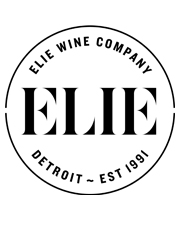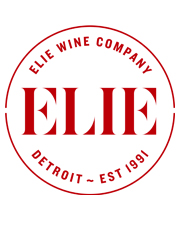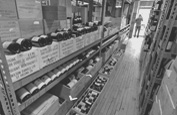Type & Time Bordeaux Liquid Geography
host
Ajay and Anna Chawla
at
Wilder’s, Birmingham, Michigan
Saturday, March 8th, 2025 – 7pm
In any wine region, a system of regulations limits what a winemaker can do. At first glance, this may seem repressive, but in fact, centuries of experimentation have generally precede it. Most wine commissions operate on the principle that past trials were performed to eliminate modern errors. So now, bound by a matrix of allowable grape varieties, crop yields and production methods, vignerons are charged with performing to a set of quality standards and their wines are expected to showcase the style proven most advantageous to the appellation.
Of course, there are plenty of iconoclasts who choose to think outside this grape crate, and we can celebrate them with cautious optimism, and always with a honed palate to gauge quality.
That quality is often determined by vintage and many wines that are heavy and clumsy at release mellow with proper storage methods. This journey of evolution is one of the most intriguing aspect of the art of vinification.
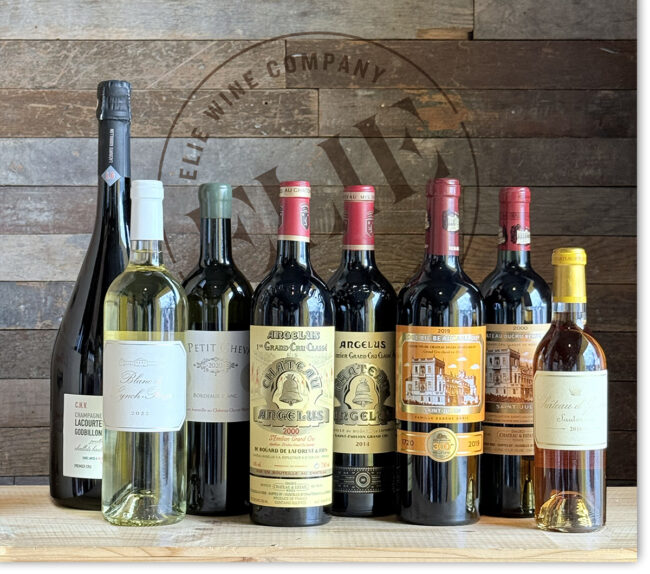
“Art is the understanding of beauty through the senses, and in order to understand the dream of a Vinci, or the inner life of a Bach, one must be capable of adoring the scented and fugitive soul of a passionate wine.”
Marcel Rouff
La Vie et la Passion de Dodin-Bouffant (1924)
With Appetizers
Detailing Champagne
Part & Parcel
The devil may be in the details, but so is the deity. Champagne has always celebrated its hierarchy, its Premier and Grand Cru villages, but the contemporary focus is on an even more concise exploration of terroirs. In an approach that takes cues from Burgundy, parcels—what the Burgundians call ‘climats’—are appearing on more and more on labels intent on moving beyond House styles, which have traditionally relied on uniformity rather than specificity. These wines are marching steadily toward a more reflective and immediate sense of the land on which its grapes are grown.
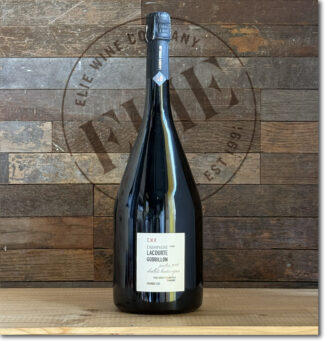
Champagne Lacourte Godbillon ‘C.H.V.’
2016 Petite Montagne-de-Reims Premier Cru Écueil Blanc de Blancs Extra-Brut en magnum
Champagne ‘en magnum’ is the ideal method of moderating the aging process; the bottles are larger but the necks are not, and this leads to slower oxidation and a more harmonious maturation. 2016 was a difficult year for Champagne’s Chardonnay vines, except those grown on lower and warmer slopes like Écueil. This Blanc de Blanc shows nicely integrated notes of warm brioche behind creamy apple and crisp citrus.
Course I
White Bordeaux
Raising the White Flag
Although white Bordeaux is hardly an unknown commodity, it is remarkable that so much of it flies under the radar. With high marks for quality, complexity and age-ability—on par with many white Burgundies—the style remains one of the best values among world’s truly outstanding white wines. Like the reds, Bordeaux whites are a blend of specific varieties ideally suited to the climate: Sémillon, the most planted white grape in Bordeaux, offers a rich and honeyed texture; Sauvignon Blanc is often second fiddle, bringing grass, citrus and gooseberry to the party. As a third wheel, Muscadelle may often lend floral aromas.
A handful of Bordeaux Blanc producers also make Sauternes and Barsac, some of the region’s most classified; morning fog and mist couple with afternoon heat causes the growth of plant fungus called botrytis which concentrates the juice, forming the basis for the legendary dessert wines
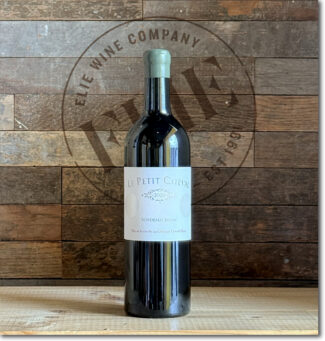
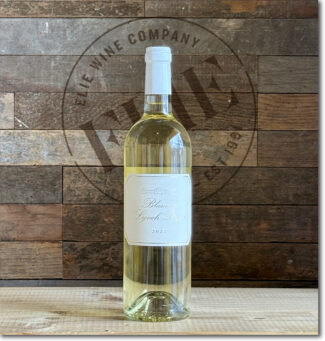
Château Lynch Bages ‘Blanc de Lynch-Bages’ 2022 Bordeaux Blanc
Château Cheval Blanc ‘Le Petit Cheval’ 2020 Bordeaux Blanc
Both 2020 and 2022 were hot but spectacular vintages. 2022’s heat waves came in four short bursts and the nights remained cool; 2020 was the final part of a Bordeaux triumvirate, and stylistically, the wines bear semblances to the decadence of 2018 and 2019.
2022 Blanc de Lynch-Bages is 67% Sauvignon Blanc, 22% Sémillon and 11% Muscadelle and shows sliced lemon, grapefruit and mineral behind crisp acidity. Petite Cheval Blanc, the estate’s second wine, is 82% Sauvignon Blanc and 18% Sémillon, expressing bergamot, citrus and touches of pear.
Course II & Course III
Red Bordeaux
The Art of Blending Cabernet Sauvignon and Merlot
The Bordeaux blend—Cabernet Sauvignon and Merlot (with a handful of crony grapes) has become an international template. There are as many proportional blends as there are seasons and winemakers, but the Big Two are generally revered as soulmates. And for good reason: Merlot is supple and opulent, often expressing dark cherry, plum, and grilled notes, while Cabernet Sauvignon is full-bodied and tannic, providing blackcurrant, licorice, and mint. Together the complexities are emblematic of synergy—a total greater than the sum of its parts.
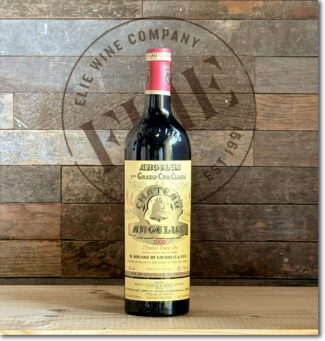
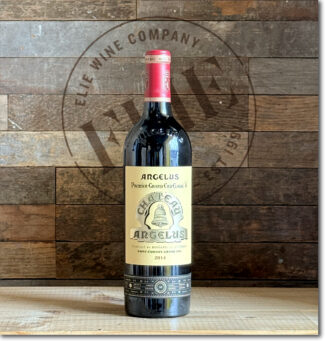
Château Angélus 2014 Saint-Émilion Premier Grand Cru Classé A, Bordeaux
Château Angélus 2000 Saint-Émilion Premier Grand Cru Classé A, Bordeaux
Storied Château Angélus is an estate with celestial aspirations; it is said to be the only winery where the voices of angels—l’angélus—can be heard. It comprises a 67 acre vineyard planted on clay-rich slopes with 50% Merlot, 47% Cabernet Franc and 3% Cabernet Sauvignon.
2014 Bordeaux reds were, quite rightly, hailed as the best since 2010 and ten years on, they have really begun to spread their wings. The 2014 Angélus is, like the vineyards, half Merlot and half Cab Franc; it shows fine tannins, spice from a touch of wood and swathes of rich fruit.
The 2000s, of course, come from a legendary vintage, and having crested a quarter century, still showcases Saint-Émilion earthiness anchored by tobacco and pencil and framed by restrained cassis and black currant.
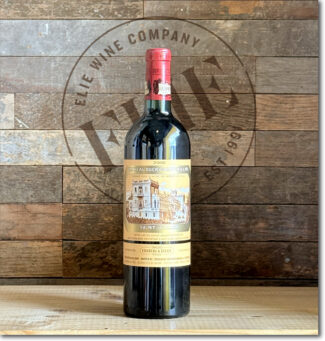
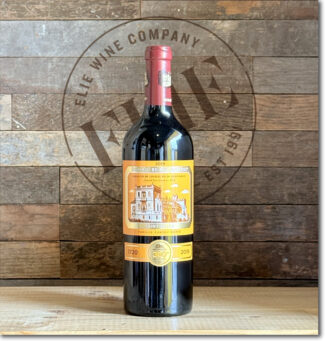
Château Ducru Beaucaillou 2019 Saint-Julien, Bordeaux
Château Ducru-Beaucaillou 2000 Saint-Julien, Bordeaux
Ducru-Beaucaillou’s vineyards consist of 125 well-drained acres planted to 70% Cabernet and 30% Merlot. It’s deep Günzian gravel that earns the terroir both angst and praise from farmers, but Ducru-Beaucaillou’s reputation for excellence has held strong for three centuries.
The 2019 vintage in Saint-Julien is considered excellent and one of the most consistent of the 21st century; Ducru-Beaucaillou’s offering is 80% Cabernet Sauvignon and 20% Merlot, and shows explosion of floral fragrances backed by roasted and woody notes and gourmet touches of cocoa with fruit represented by rich currant, raspberries, and orange peel.
The 2000s were spectacular out of the gate and have only gotten better; they show deep, full-bodied and impeccably balanced core with sweet black fruit, a stunning soil signature and a long, focused and utterly seamless finish.
Course IV
Sauternes
Liquid Gold
You might argue the point, but not too strenuously: In the world of dessert wines, there is Château d’Yquem, and there is everybody else. This syrupy nectar from Sauternes—Bordeaux’s only appellation devoted exclusively to white wine—d’Yquem is recognized even there as first among unequals. Unlike the red wines of the Médoc, which received five degrees (from Premier Cru to Cinquième Cru) of quality, Sauternes wine is classified in two—Premiers Crus and Deuxièmes Crus. But d’Yquem receives the unique classification of Premier Cru Supérieur. No other winery in the Bordeaux wine area, whether red or sweet, has received the classification of Supérieur. Noble rot, or botrytis, is the fungus that foments all the fuss: This marvelous mildew consumes the grape’s liquid content, concentrating its sugars and tartaric acid, which helps produce wines with beguiling exotic aromas and thick viscosity.
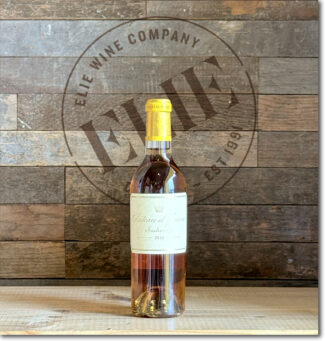
Château d’Yquem
2010 Sauternes Premier Cru Supérieur, Bordeaux
The 2010 vintage was superb for d’Yquem. Heat and drought are not conducive to noble rot, but October rains saved the day, and the grapes were picked during a misty, humid Indian summer. The wine is maturing beautifully, showing notes of creamy lemon curd, green mango, wafts of honeysuckle, spice cake, sea spray and beeswax, plus a hint of gingerbread.
Notebook …
What Makes A Wine Great?
Superlative winemaking involves a formula that’s part science and part soul. It’s not a stretch to liken the process to a recipe, and so a comparison of a great wine and the steps required to produce a perfectly prepared, top-end Wagyu ribeye steak may be apropos. Like wine, an exceptional piece of beef must trace its origins to the earth itself: Wagyu cattle are pampered from birth, fed a high-protein diet, often massaged and given beer to encourage marbling. Likewise, the vineyards that produce top quality wines enjoy both breeding and babying; adding to the natural elements is a cycle of biodynamics to mollycoddle microbic life, with the correct attention paid to moisture, food and pruning. While in the growth stage, all possible care is taken so that the vines do not fall prey to disease or mismanagement.
And the same holds true for the steer.
Once harvested, both products are handled with extra care, but in the cellar—as in the kitchen—the skill of the creator is paramount. A misstep along the way may result in a whole lot of wasted effort earlier in the game.
Of course, for both beef and bottle, the consumer is the ultimate benefactor and the decisive judge; the time the wine spends maturing toward an ‘ideal’ state is the time the steak spends over the flame. This is, of course, an optimal and somewhat measurable period depending on individual tastes, but a given consensus can certainly be formed and debated.
And this is precisely the key factor separating great wine (and great cuisine) from the also-rans, just as it is true that the broader the consensus, the pricier the product tends to become.
The esoterica we consider when we call a wine ‘great’ are nuance and identity. The former is formed purely through organoleptic sensations, the latter via reputation and history—how well the wine represents and reflects its place of origin. The status of ‘great’ must always be opinion, but at the same time, the more you know and the deeper you look, the more credible your opinion becomes.
Decanting and Aeration
Once opened, wine immediately begins a dynamic process of oxidation, encouraged when you swirl the wine in your glass. (Have you ever had a host top off your glass and wonder if the refill came from the original bottle?) Aeration smooths harsh tannins while swirling dissipates the undesirable volatiles that may have developed inside the bottle as acid and alcohol intermix; the warmth from the room and your hands concentrates the aromatics. For most well-produced wines, a period of ‘acclamation’ is necessary for a freshly uncorked wine to reveal its full potential, and with older wines—those that have been cellared for a number of years—this is especially true. Decanting is aeration on a large scale, where the wine is poured into a second vessel, preferably one with a broad bottom to give the wine more surface exposure to oxygen. Since winery labels and bottle design are part of experience, it’s recommended that the wine be returned to its place of origin before serving.
These wines are best served at cellar temperature, 60 – 64 degrees Fahrenheit.
- - -
Posted on 2014.03.07 in France
Featured Wines
- Notebook: A’Boudt Town
- Saturday Sips Wines
- Saturday Sips Review Club
- The Champagne Society
- Wine-Aid Packages
Wine Regions
Grape Varieties
Aglianico, Albarino, Albarín Blanco, Albarín Tinto, Albillo, Aleatico, Arbanne, Arcos, Aubun, Barbarossa, barbera, Beaune, Biancu Gentile, bourboulenc, Cabernet Franc, Cabernet Sauvignon, Caino, Caladoc, Calvi, Carcajolu-Neru, Carignan, Chablis, Chardonnay, Chasselas, Clairette, Corvina, Cot, Counoise, Erbamat, Ferrol, Fiano, Frappato, Friulano, Fromenteau, Fumin, Garnacha, Gewurztraminer, Godello, Graciano, Grenache, Grolleau, Groppello, Juan Garcia, Lambrusco, Loureira, Macabeo, Macabou, Malvasia, Malvasia Nera, Marsanne, Marselan, Marzemino, Melon de Bourgogne, Merlot, Mondeuse, Montanaccia, Morescola, Morescono, Moscatell, Muscat, Natural, Nero d'Avola, Palomino, Parellada, Patrimonio, Petit Meslier, Petit Verdot, Pineau d'Aunis, Pinot Auxerrois, Pinot Blanc, Pinot Gris, Pinot Meunier, Pinot Noir, Poulsard, Prieto Picudo, Rondinella, Rose, Rousanne, Roussanne, Sauvignon Blanc, Savignin, Semillon, Souson, Sparkling, Sumoll, Sylvaner, Syrah, Tannat, Tempranillo, Trebbiano, Trebbiano Valtenesi, Treixadura, Trousseau, Ugni Blanc, vaccarèse, Verdicchio, Vermentino, Viognier, Viura, Xarel-loWines & Events by Date
- September 2025
- August 2025
- July 2025
- June 2025
- May 2025
- April 2025
- March 2025
- February 2025
- January 2025
- December 2024
- November 2024
- October 2024
- September 2024
- August 2024
- July 2024
- June 2024
- May 2024
- April 2024
- March 2024
- February 2024
- January 2024
- December 2023
- November 2023
- October 2023
- September 2023
- August 2023
- July 2023
- June 2023
- May 2023
- April 2023
- March 2023
- February 2023
- January 2023
- December 2022
- November 2022
- October 2022
- September 2022
- August 2022
- July 2022
- June 2022
- May 2022
- April 2022
- March 2022
- February 2022
- January 2022
- December 2021
- November 2021
- October 2021
- September 2021
- August 2021
- July 2021
- June 2021
- May 2021
- April 2021
- March 2021
- February 2021
- January 2021
- December 2020
- November 2020
- October 2020
- September 2020
- August 2020
- July 2020
- June 2020
- May 2020
- April 2020
- March 2020
- February 2020
- January 2020
- December 2019
- November 2019
- October 2019
- September 2019
- August 2019
- July 2019
- June 2019
- May 2019
- April 2019
- March 2019
- February 2019
- January 2019
- December 2018
- November 2018
- October 2018
- September 2018
- August 2018
- July 2018
- June 2018
- May 2018
- April 2018
- March 2018
- February 2018
- January 2018
- December 2017
- November 2017
- October 2017
- September 2017
- August 2017
- July 2017
- June 2017
- May 2017
- April 2017
- March 2017
- February 2017
- January 2017
- December 2016
- November 2016
- October 2016
- September 2016
- August 2016
- July 2016
- June 2016
- May 2016
- April 2016
- March 2016
- February 2016
- January 2016
- December 2015
- November 2015
- October 2015
- September 2015
- August 2015
- July 2015
- June 2015
- May 2015
- April 2015
- March 2015
- February 2015
- January 2015
- December 2014
- November 2014
- October 2014
- September 2014
- August 2014
- July 2014
- June 2014
- April 2014
- March 2014
- February 2014
- January 2014
- December 2013
- November 2013
- October 2013
- September 2013
- August 2013
- July 2013
- June 2013
- May 2013
- April 2013
- March 2013
- February 2013
- January 2013
- December 2012
- November 2012
- October 2012
Search
